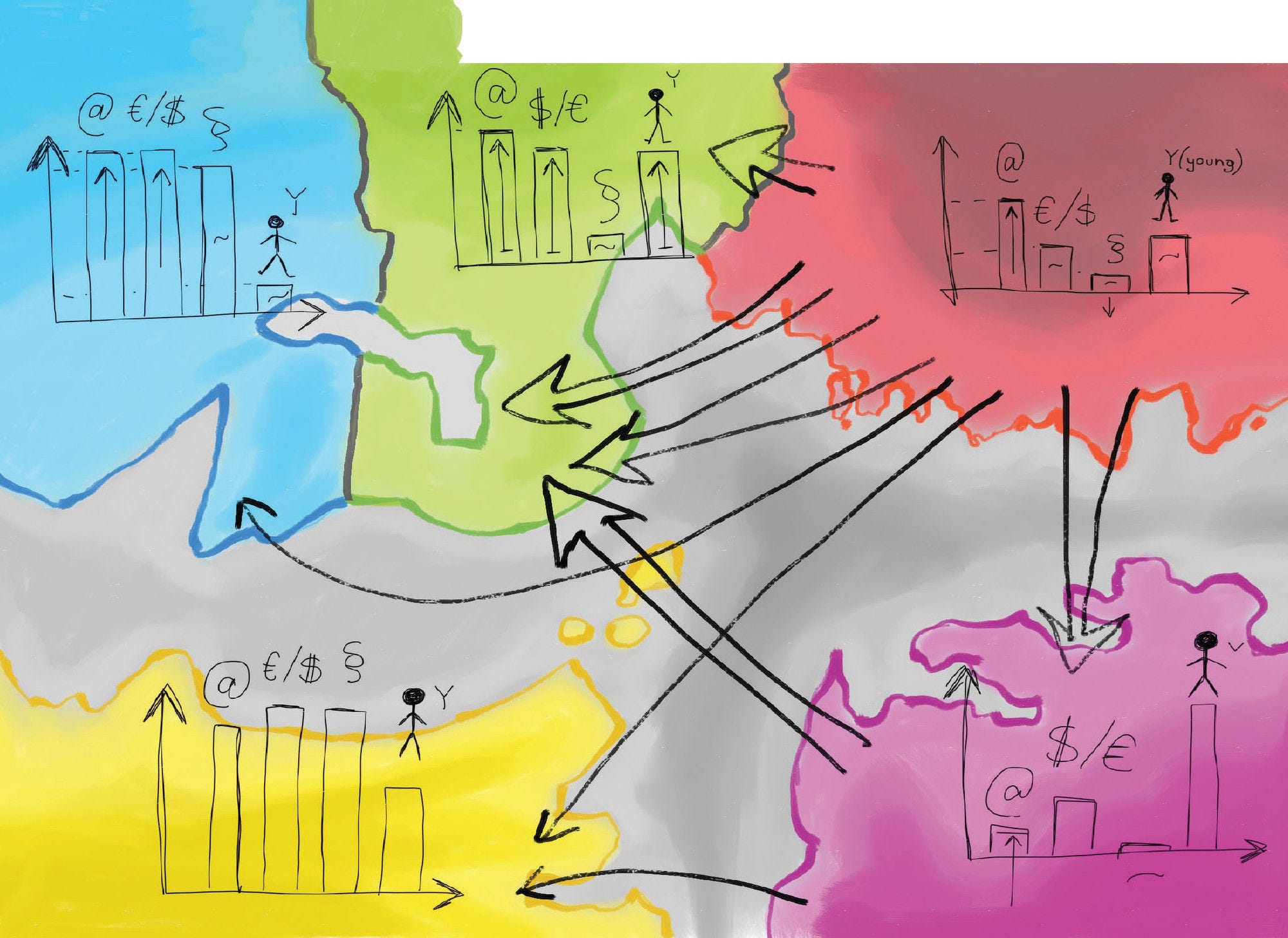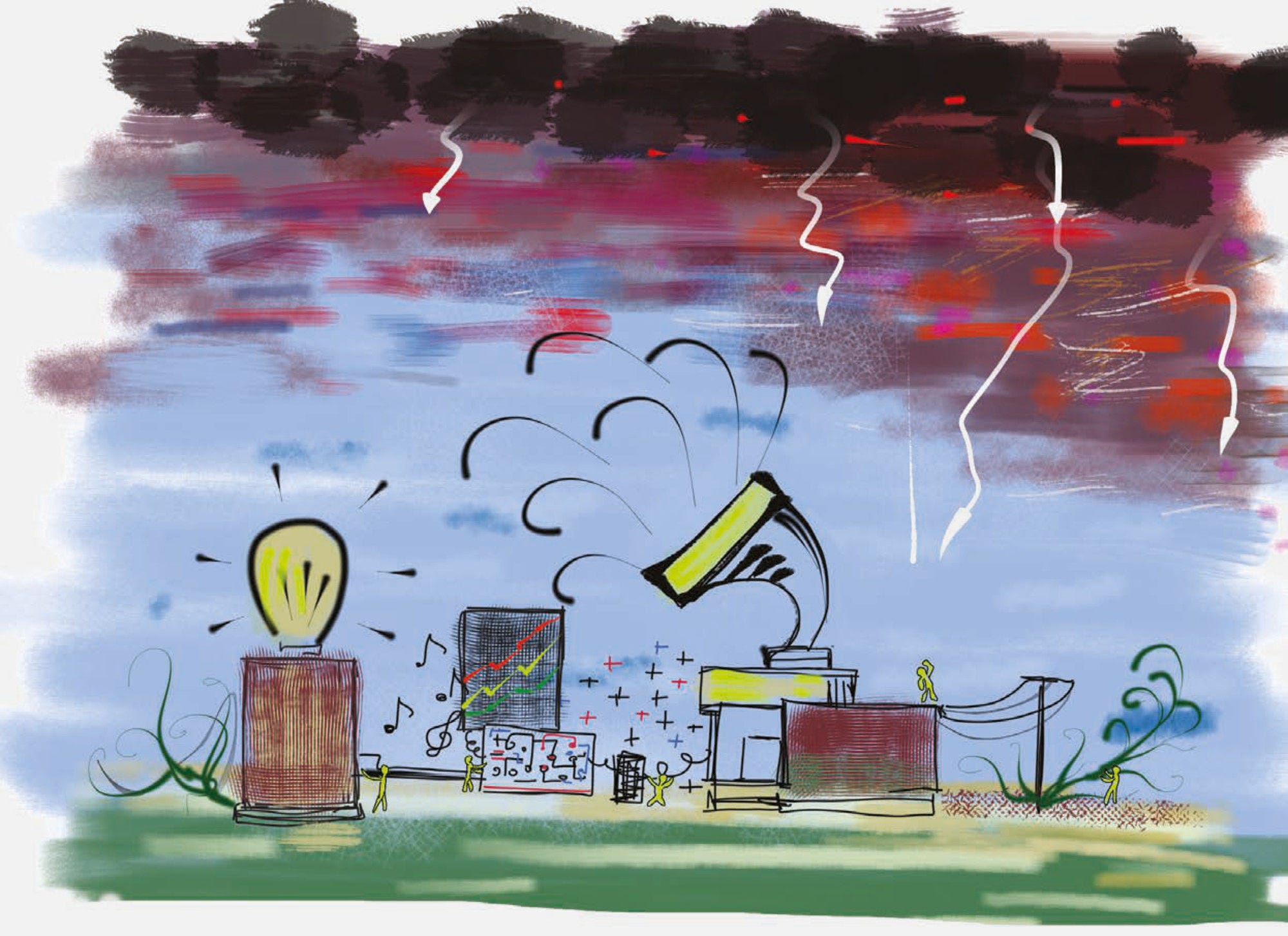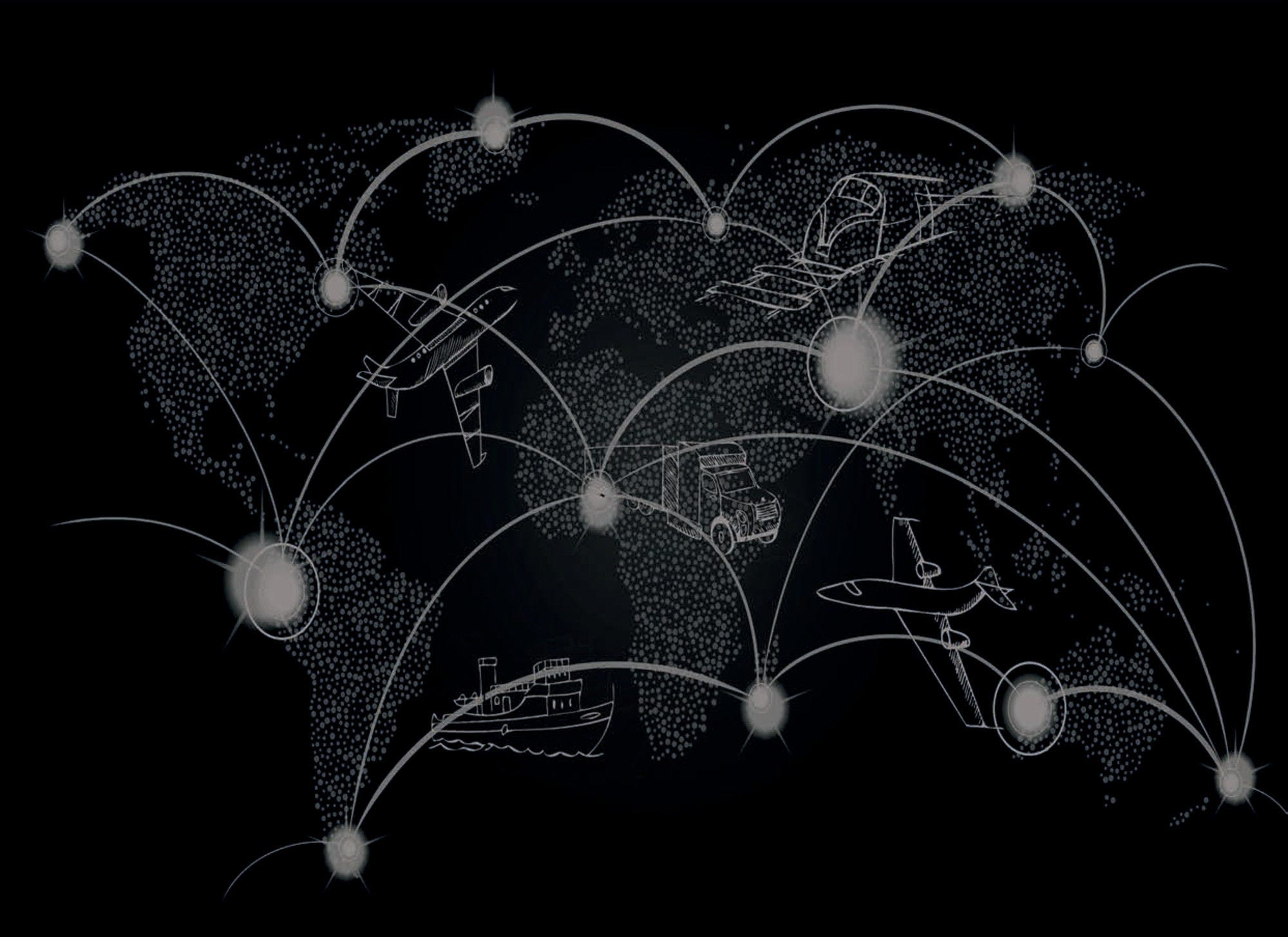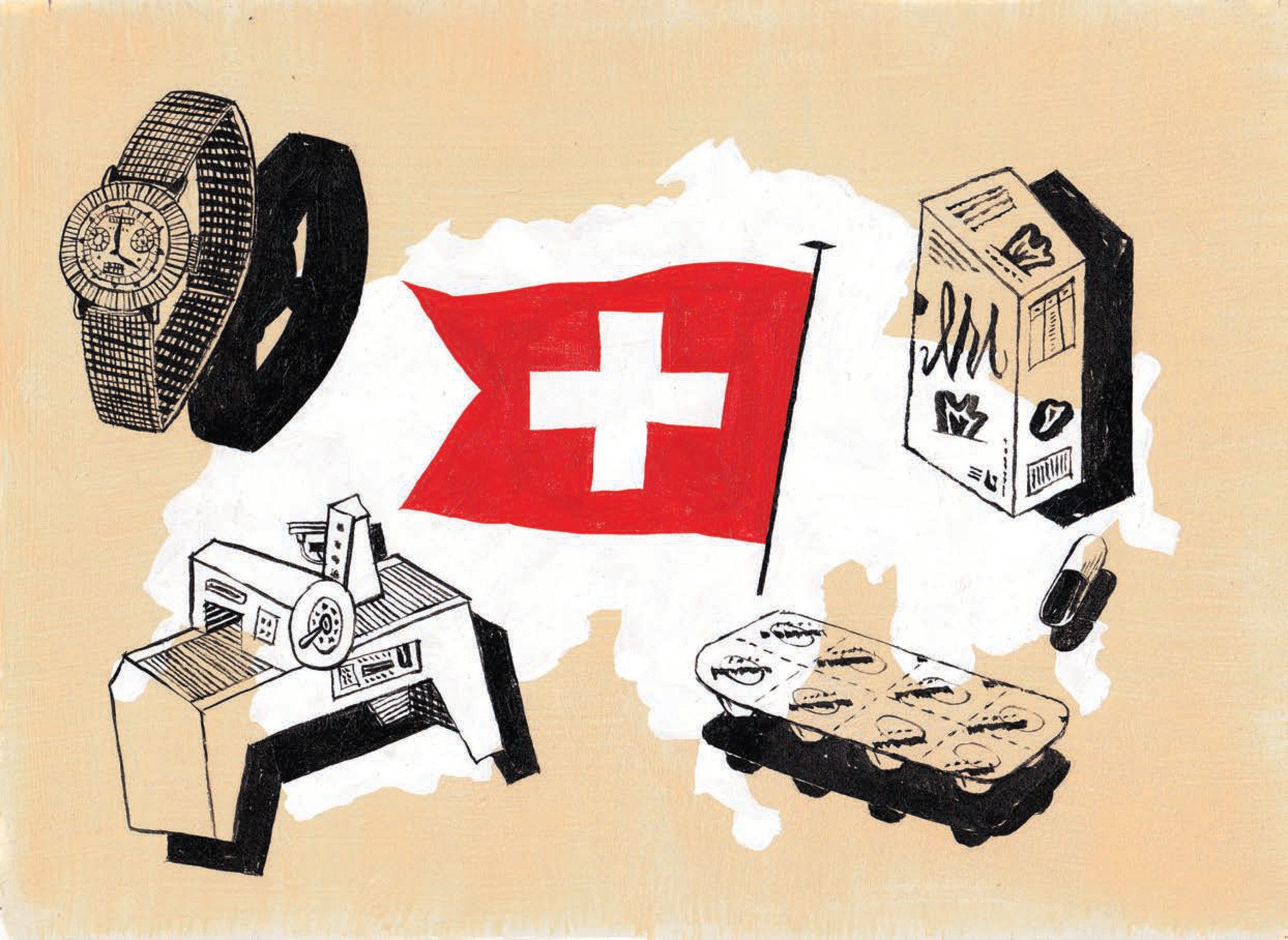Networks of illicit trade in counterfeits use many modern solutions, including e-commerce, a tool that offers numerous advantages for consumers and businesses. The COVID-19 pandemic has accelerated both illicit trade and its misuse of the online environment. This report uses a tailored, statistical methodology to assess the misuse of e-commerce for trade in counterfeit goods. It also presents key government actions and industry initiatives to counter this risk.
Misuse of E-Commerce for Trade in Counterfeits

Abstract
Executive Summary
This study presents a quantitative review of the abuse of e-commerce to facilitate trade in counterfeits. In recent years, e-commerce has been expanding rapidly as consumers have become increasingly confident in ordering goods and services online.
The number of businesses engaged in business to consumer (B2C) e-commerce is constantly growing. Between 2018 and 2020, online retail sales, a subset of the B2C total, rose by 41% in major economies, compared to less than a 1% rise in total retail sales. The increase was fuelled by the COVID-19 pandemic, as consumers ordered online during lockdowns and to avoid frequenting shops. During the pandemic, the online environment also became a more popular target for illicit trade. Cyber law enforcement reported increasing volumes of various e-crimes, including offerings of illicit goods, among them fake and substandard medicines, test kits and other COVID-19-related goods.
The growing popularity of e-commerce has been used by counterfeiters, who are increasingly using e-commerce to sell fake items to consumers, some of whom purchase the items thinking they are genuine, while others actively seek out low-priced fakes.
The links between e-commerce and illicit trade in counterfeits are supported by quantitative analysis, which examines the relationship between e-commerce and the number and value of customs seizures of counterfeit goods during 2017-19. The analysis finds that the relationship becomes stronger when indicators of illicit trade in counterfeits misusing small parcels are included; this suggests that illicit goods purchased via e-commerce are often shipped via small parcels, using postal services in particular.
A case study of the European Union, which collects data on detentions of counterfeits linked to e- commerce, provides further insights into the situation. The data show that 91% of detentions of counterfeits linked to e-commerce involved the postal service. In contrast, the post was involved in only 45% of the detentions of counterfeits not linked to e-commerce. In terms of value, the data show that 82% of detentions linked to e-commerce involved the post, compared to only 9% for other counterfeits. With respect to provenance, the sources of counterfeits were similar for those linked to e-commerce and those that were not; however, China’s share of the total was higher in the case of counterfeits linked to e-commerce (76% vs. 46% of total number of detentions).
The EU detentions of counterfeits linked to e-commerce included a broad range of products, led by footwear (34% of total detentions), clothing (17%), perfumes and cosmetics (10%), leather articles (9%), electrical machinery and equipment (7%), toys (6%) and watches (5%).
Counterfeit sellers have flourished on e-commerce markets, as it is relatively easy to set up sites that sell counterfeit items. Moreover, they continue to find new ways to infiltrate trusted platforms with their counterfeit products. Law enforcement is actively engaged in identifying and closing down fraudulent sites and working with major platform operators and brand owners to target sales of counterfeits, but the problem remains significant and is growing.
The difficulty of intercepting counterfeits has been exacerbated by the means through which products ordered via e-commerce are shipped. Counterfeiters have been adept at exploiting weaknesses in distribution channels to facilitate their illicit operations. In the case of e-commerce, this is done largely through the post. There is concern that postal authorities and customs are not well positioned to screen shipments of small parcels and letter packets for counterfeits. They have limited capacity to detect counterfeits traded internationally, as the shipments of mailed counterfeit items are intermingled with billions of legitimately traded items.
Governments have taken a range of actions to combat online sales of counterfeit items, including establishing agreements with stakeholders that are designed to strengthen co-operation, and enhanced efforts to detect and act against websites that sell counterfeit items.
For example, in the European Union, the European Commission was behind the drafting and implementation of a Memorandum of Understanding (MoU) among platforms, brand owners and other stakeholders, to promote good practices in the fight against the sale of counterfeit goods over the Internet. In the United States, the government spearheaded the creation of an Electronic Commerce Working Group, which brought major online platforms together to collaborate and co-operate on ways to combat counterfeiters selling on their platforms. In Australia, the government is developing a mechanism that allows consumers to identify sellers of legitimate products, by linking authorised sellers of specified brands to the government’s trademark registry. Moreover, in the European Union and the United States, legislation and directives are being considered that, if adopted, would establish new frameworks for combatting e-commerce crime, including trade in illicit goods.
Major platform operators have developed multifaceted approaches to combat sales of counterfeit products on their platforms. Their efforts include measures and mechanisms involving third-party sellers, consumers, brand owners and law enforcement, as well as the development and deployment of strategies to proactively detect and move against counterfeits. The ability of platforms to adequately vet third-party sellers has, however, proven to be challenging, and efforts are constantly being made to improve the mechanisms for identifying and disciplining parties selling counterfeit items.
The analysis presented in this report demonstrates that the misuse by counterfeiters of online markets is very dynamic. Further investigation into how these dynamics evolve is needed, both at the industry level and through case studies. Further work should take the more granular aspects of the dynamic changes into account, while focusing on improving responses to emerging challenges, by identifying and promoting effective policies and practices.









